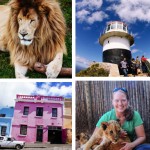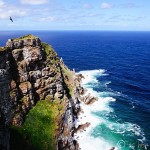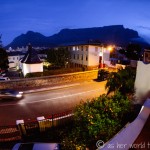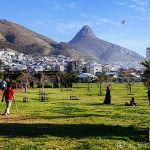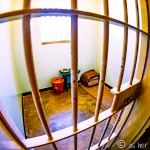One of my favorite things to do when I first arrive in a new city is a walking tour. I’ve done them in Melbourne, Sydney, Brisbane, and Manilla — each tour gave me the lay of the land and highlighted places I would later go back and experience in greater depth on my own. The guides are always super knowledgeable about their city and happy to make suggestions of additional things to see and do. The tours are free and guides work entirely for tips. I’ve done walking tours that range from one to three hours, so tips fluctuate based on tour length and how good the guide is — I’ve had excellent guides every time.
So when I spy a flier for free walking tours of Cape Town at my hostel, it’s a no-brainer. They offer two tours, both 90-minutes in length — one at 11am of the Cape Town city center that focuses on history and architecture, and another at 2pm of the Bo Kaap neighborhood. I show up for the latter tour. This is Stian, our friendly guide:

The group is small this afternoon, only seven of us plus Stian.

Stian gives us the basics — Bo Kaap is a neighborhood in Cape Town also known as the Malay Quarter. Starting in the mid-1600s, slaves from Southeast Asia were brought here by the Dutch East India Company. Nearly 200 years would pass before slaves were officially freed in this region. Generations of Malaysians, Indonesians, and Indians have lived in this neighborhood of Cape Town for nearly 400 years.

Today, Bo Kaap is famous for its colorful houses and cobblestoned streets (the homes were painted in bold colors after the end of apartheid in 1994). Its population is predominantly Muslim, as early slaves were the first to practice Islam in South Africa. This is the oldest mosque in Cape Town:

This motorcycle establishment is called ‘Los Muertos’ — about as badass a name as it gets, right? But then there’s lettering in the lower-right corner that reads, “Respect our neighbors, quiet please.” The whole thing makes me chuckle.


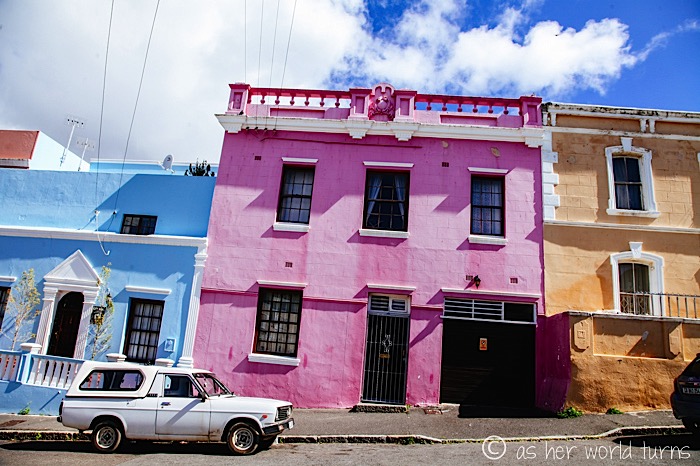


The streets are quiet and our photo-happy group is content to meander taking photos. Our guide stops on occasion to tell us more about particular buildings and history.

In recent years, real estate in this neighborhood has become very desirable. The original community here is still predominant, but they are facing gentrification as wealthy outsiders move in.



The murals in this tunnel depict historical moments and figures.

This place below — Biesmiella Malay Restaurant — has been incredibly popular with locals for years. Our guide recommends we return to check it out at our leisure.




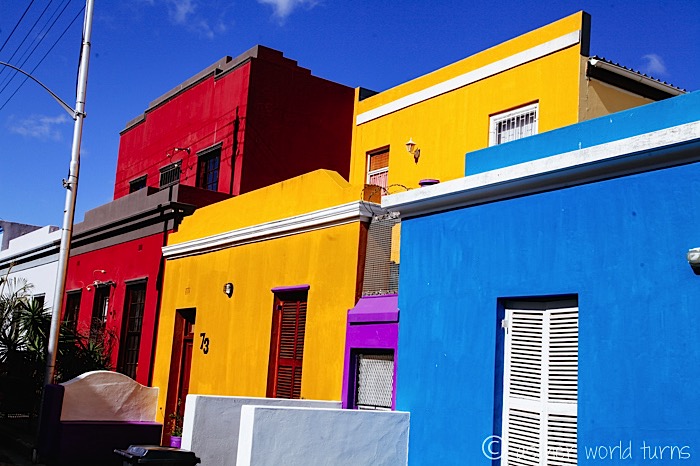

Towards the end of the tour Stian takes us into Atlas Trading Company, a business that sells spices. No one from our group buys anything but it’s an aromatic place to walk around for a few minutes.


Stian gleefully shows us the Mother-in-Law Masala, the hottest spice in the whole store.

While the Bo Kaap neighborhood is quite doable as a self-guided tour (and it’s very safe to walk around during the day), I appreciate Stian’s commentary. Learning about the history of this area presented a context in which to better understand its present state.

FYI: there is a Motherland Coffee Company location here by St. Georges Mall at Wale Street, right where the free walking tour begins and ends. It’s one of four locations in the country; I don’t realize it yet, but I will find another one in a suburb of Johannesburg six weeks later on the day I fly back to the Stages. I dig both their coffee and smoothies, as pictured below.
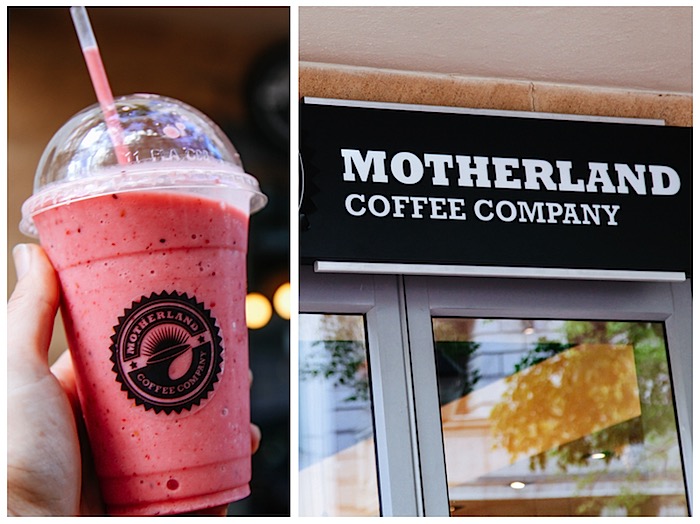
Back tomorrow with more highlights of Cape Town!

